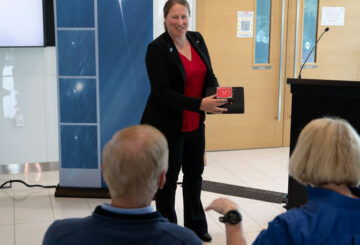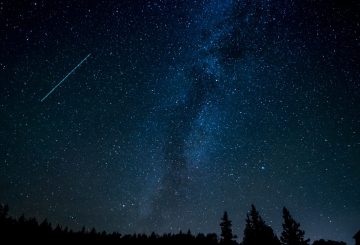ニュージーランドの賃金は上がっています。Trade Meの求人レポートによると、全国各地で平均賃金が上昇しています。過去1年間で、15の職種の平均賃金が過去最高を記録しました。
全国平均賃金は昨年の同時期から 8% 上昇しました。これは、人々が昨年よりも5,500ドル多く稼いでいることを意味します。Trade Me で働いている Matt Tolich 氏は、物価が約 6% 上昇したため、これは朗報だと語っています。だから、人々にはもう少しお金を使えるようになった。
賃金が最も上がったのはウェリントンだ。ウェリントンに次いで、最も賃金が上昇した地域は、サウスランド、オタゴ、カンタベリー、マールボロです。これらすべての地域では、賃金が昨年から9%から10%上昇しました。
現在、ニュージーランドでは平均賃金が7万ドルを超える地域が増えています。これらの地域には、ベイ・オブ・プレンティ、カンタベリー、ギズボーン、マールボロ、オタゴ、サウスランド、タラナキが含まれます。
賃金が最も上昇した職種は医療です。そこの賃金は 10% 上がった。賃金が大幅に上昇したその他の職種は、貿易とサービス、製造と運営、教育、ホスピタリティと観光です。
しかし、このレポートにはあまり良いニュースもいくつか含まれていません。求人広告の数は、過去3か月で7.9%減少しました。同時に、仕事を探す人も増えています。実際、現在、求人に応募している人の数は、昨年の同時期の2倍になっています。
マット・トリッチもこれについて話しました。彼は、求人への応募件数は昨年より 88% 増えていると言いました。これは2018年以来最大の増加です。これはもうすぐ選挙があるからだと彼は考えている。多くの企業は、新しい人を雇う前に、選挙で何が起こるかを待っている。これは以前にも起こっています。2009年以降、企業は選挙が終わるまで人を雇うのを待つことがよくありました。しかし、Tolich氏は希望に満ちている。11月と新年以降には求人広告が増えるだろうと彼は考えている。






























































